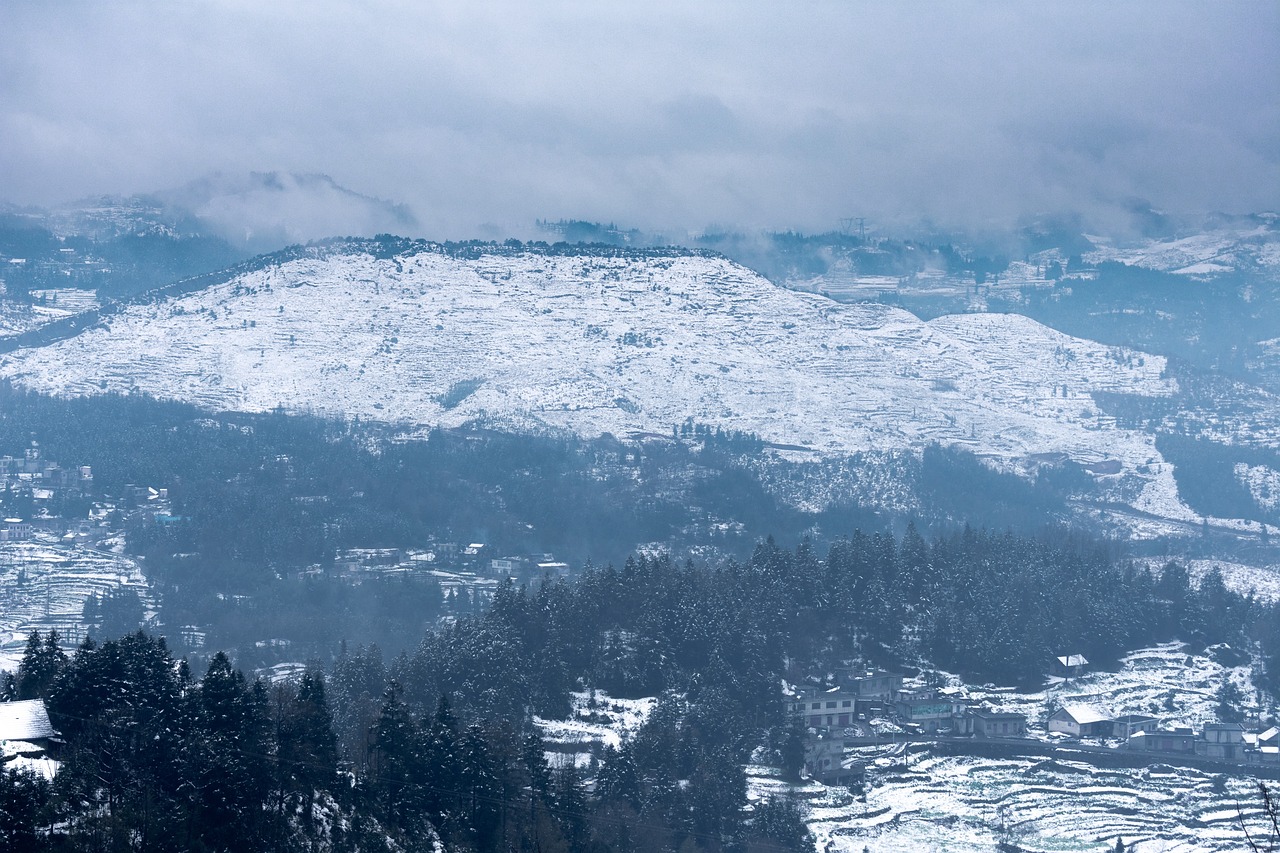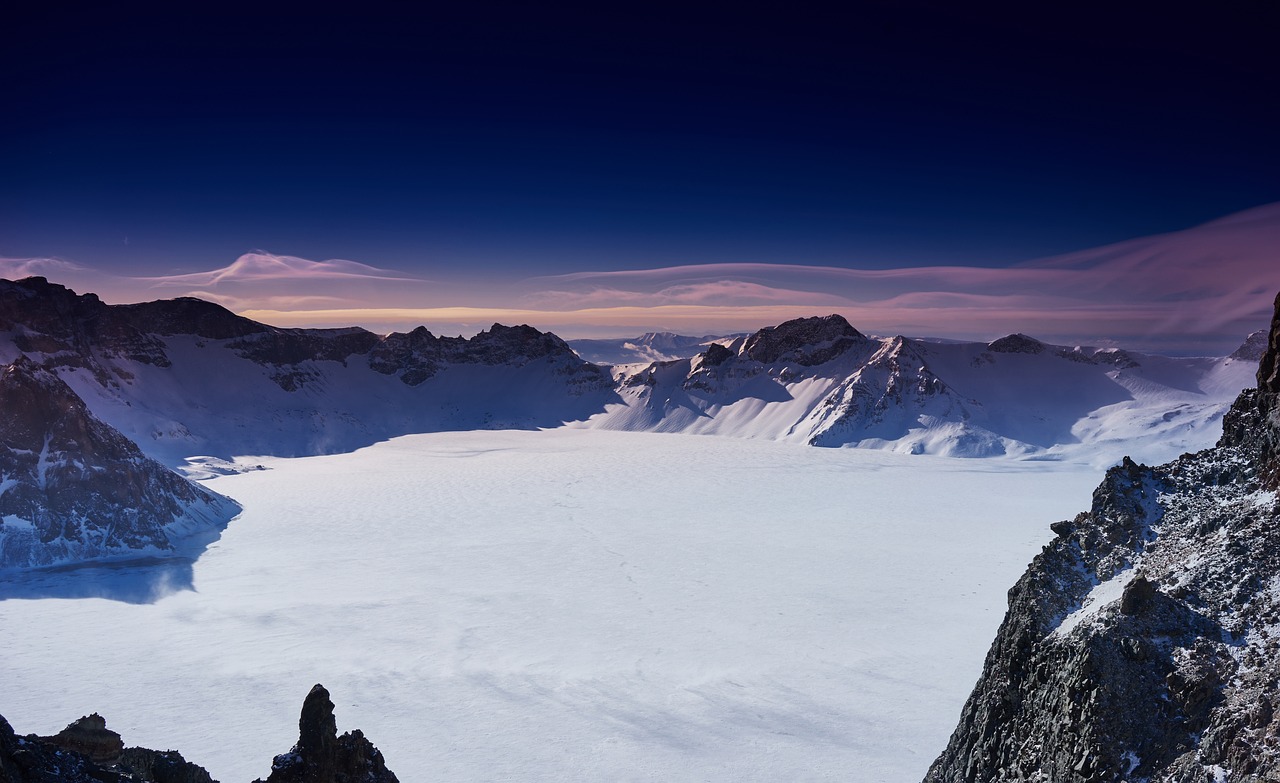
I remember my first encounter with snow in China vividly. It happened on a cold winter day in Beijing as my friends and I walked down the streets. We were fascinated by the white flakes that descended from the sky, creating a cozy layer on the roofs and trees.
So, based on my experience, it’s clear that there is snow in China. However, this leads to another question: does it snow in China everywhere? or is it limited to specific regions? Well, the answer might surprise you. So, allow us to give you a thorough answer below.
Does It Snow in China
YES, it snows in China, but it varies depending on the specific region. Broadly speaking, the northern and western areas of China receive more snowfall compared to the southern and eastern regions.
Snow season is usually from mid-December to mid-March, although it may fluctuate based on the specific location and altitude. If you’re looking to experience the beauty of snow in China, the details below should help you discover the perfect snow destinations.
Where Does it Snow in China? | |
| City | Average Yearly Snowfall (inches) |
| Harbin | 16.8 |
| Urumqi | 11.8 |
| Lhasa | 9.8 |
| Beijing | 5 |
| Sichuan | 4.5 |
| Xi’an | 3.1 |
| Huangshan City | 1.9 |
| Qingdao | 0.2 |
| Shanghai | 0.2 |
| Chengdu | 0.1 |
| Tianjin | Minimal snowfall |
| Guangzhou | Rare snowfall |
Harbin
My favorite place after Beijing is Harbin! This city is located in northeastern China, and it’s renowned for its mesmerizing ice and snow festival. The winters in Harbin can be quite chilly, with temperatures often dropping to around -30℃(-22℉) annually. I remember hearing about a record low of -37.7℃ (-35.86℉) in January. The snow season in Harbin typically starts in mid-November and lasts until April, with an average of about 1.4 inches of snow each month.
The most renowned spot is the Ice and Snow World, where you’ll find life-sized buildings constructed from ice blocks as thick as 2-3 feet. These structures are illuminated with vibrant lights, creating a magical wonderland. The park usually opens from late December to late February and attracts millions of visitors each year.

Beijing
Beijing experiences four distinct seasons, and wintertime often brings snowfall. It typically receives around 12 centimeters (5 inches) of snow each year, and it usually falls from late November to late February. The snow adds a picturesque layer to the city’s historical and cultural landmarks.
Qingdao
Another option for snow enthusiasts, Qingdao is suitable for those who prefer not to have excessive snowfall that might disrupt their outdoor adventures. In winter, temperatures typically range from a low of -3.3°C to a high of 2.8°C during cold spells.
While snowfall is infrequent in Qingdao with an annual average of about 0.2 inches, it can occasionally happen and typically in modest quantities. The snowy season typically falls between December and February, so you can plan your visit accordingly.
Editor’s Pick: How to Travel Anonymously – A Complete Guide
Tianjin
Tianjin is located in northern China, goes through cold and dry winters with some rare snowfall. While it’s not typically thought of as a snowy city due to minimal snowfall (just a one percent chance), the most snow occurs in January and early February with an average temperature of -5 degrees Celsius. Snow can add a beautiful touch to Tianjin by enhancing the charm of its historic buildings, parks, and mountains.

Sichuan
Visiting this spot has been a dream of mine, mainly because of the enchanting winter wonderland. It’s a province in the southwest of China with diverse climates and terrains. In winter, some regions here receive heavy snow, especially in the mountains and on glaciers. On average, about 4.5 inches of snow blankets Sichuan. The snow transforms the landscapes into a breathtaking sight and offers numerous opportunities for outdoor activities like skiing, hiking, skating, and capturing beautiful photos.
Huangshan City
My friend insisted that I add Huangshan City to the list of snowy cities, as he had visited it several times. It’s a renowned tourist hotspot in China, particularly during the winter when it transforms into a snowy wonderland. From December 24 to February 20, it’s wrapped in snow for about 1.9 months and received an average snowfall of 1.9 inches in January.
Guangzhou
Snow is a rare sight in Guangzhou, occurring only once every few years. The last snowfall happened on January 24, 2016 with an 88-year gap. Although it was light and melted fast, it left a beautiful memory. January in Guangzhou averages 13°C (55°F) with less than 1 cm (0.4 inches) of snow. So, we can say that witnessing snow here requires luck and preparation.

Conclusion
If your purpose is visiting for snow, do thorough research before going, as snowfall varies by region in China. Northern areas like Harbin and Beijing offer snowy experiences, while Sichuan’s mountains provide snowy landscapes. Tianjin and Qingdao occasionally see snow, enhancing their charm. Guangzhou rarely gets snow, making attractions like the Canton Tower and Chimelong Safari Park unique for winter visits.
Read Related Guides
- Does it Snow in Australia: A Myth or Reality?
- Does It Snow in Italy? Comprehensive Guide to Italian Snowfall!
Does It Snow in China - FAQs
Harbin in northeastern China is famous for its heavy snowfall and the mesmerizing ice and snow festival. Other cities like Beijing, Sichuan, and Huangshan City also receive significant snowfall and offer various winter activities.
The snow season in China typically spans from mid-December to mid-March, but it may vary based on the specific location and altitude. Some regions can experience snow as early as October and as late as April.
No, not all Chinese cities experience significant snowfall during the winter. Cities like Guangzhou rarely get snow, and when they do, it’s infrequent and usually light.





